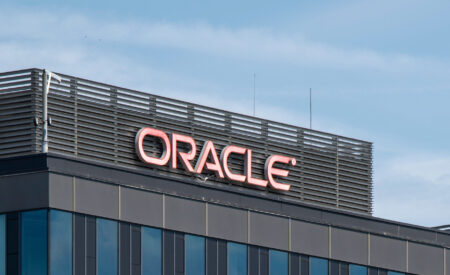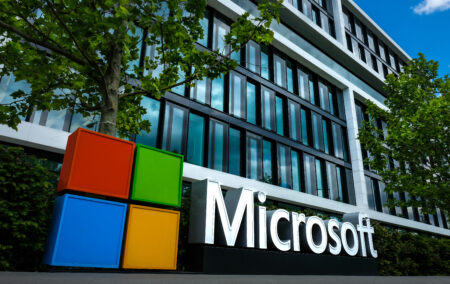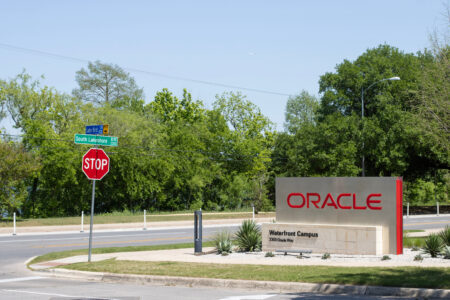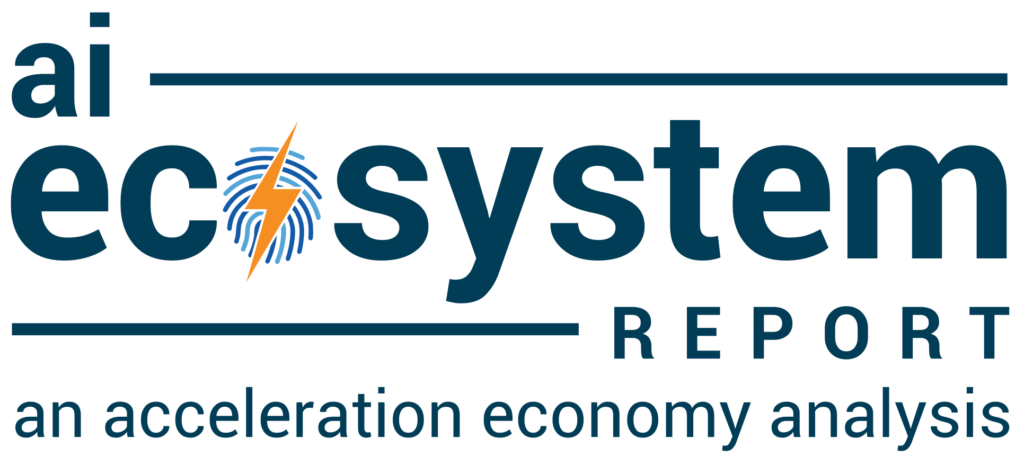
Non-generative AI has long been used by social media platforms. From content recommendation algorithms to data analytics and product features like computer vision, platforms including Facebook, Instagram, YouTube, Snapchat, and beyond use the tech to drive serious user value.
In recent months, social media platforms have taken important steps to navigate the risks and rewards of GenAI. Let’s review a couple of the latest key developments.
TikTok’s Symphony AI Suite
In a recent AI Ecosystem Report episode, we covered TikTok’s release of the Symphony AI Suite. This is a set of tools within TikTok’s advertiser dashboard that helps brands leverage the power of GenAI. I believe TikTok’s innovation on this front will soon be replicated in other platforms.
Symphony lets advertisers quickly generate TikTok-style video ads in just a few seconds based on existing product information and assets in the TikTok Ads Manager. Symphony comes with an assistant that helps users draft and refine scripts. It also provides recommendations on optimizing ad performance.
Symphony is trained on existing content on TikTok. That means the assistant can help advertisers understand what’s trending and how to align ads accordingly. In a platform where virality is the most important factor for any piece of content, this drives enormous value for advertisers.
TikTok has done an incredible job rounding out its advertiser platform. The company has the A-tier content recommendation algorithm and the user base. Now it need to monetize the content. Symphony AI attracts more traditional brands to try TikTok ads and streamlines the process for those who already are.
Other social media platforms are likely to follow suit. If you’ve used Facebook’s Ads Manager lately, you’ll know why. The experience is confusing, with a steep learning curve.
LinkedIn Adds GenAI Features
GenAI is impacting how users and creators interact with social media platforms. Over the past year, new features have rolled out from LinkedIn. This includes auto-drafting posts and initiating a job search with a natural language query instead of filtering. In aggregate, these small features simplify the experience for those using the platform to connect with others, find jobs, find customers, and build a personal brand.
Trained on human career coach advice, LinkedIn’s virtual career coach helps users looking for jobs to write resumes and cover letters, evaluate their qualifications against other applicants, and more. This feature has the potential to expand to help users prepare for job interviews or find more job opportunities.
GenAI Challenges for Users
Despite these positive developments, social media platforms face challenges with GenAI, which can bring bad news for social media users, too. The presence of deepfakes and AI-generated misinformation have long been known, as has their potential impact when it comes to informing the public about things like Covid-19, political campagins, world events, and more.
The platforms are taking concrete steps to mitigate the problem. In May, Meta ran an experiment tagging images on Instagram that it thought were AI-generated with a label. Unfortunately, many were mislabeled, and creators requested the feature to be taken down. Instead, Meta now labels those images with a more neutral “AI Info” tag. This helps users identify generated content, in turn affecting how they might evaluate that information.
YouTube is taking a similar approach. It recently released a feature that lets users request the removal of a video if they believe it was AI-generated. This aligns with YouTube’s larger AI agenda that it outlined last November, which it has been slowly rolling out in recent months.
Once a user submits a removal request, YouTube checks the request manually and decides based on factors including whether the content is political in nature, if it contains faces, the intent of the creator, and more. No doubt a subjective, non-scalable process, but a good starting point for these platforms as they strive to address the challenge of deepfakes and misinformation.
Social media users, especially those in my generation, must be more careful moving forward. I know countless friends in their teens or early twenties who rely on TikTok and Instagram as a primary information source: where to eat, what job to get, who to vote for, and what to believe. Before these platforms land on the ideal solution to protect users, the responsibility rests on users themselves.
Conclusion
Recently, we’ve seen social media companies take massive action around AI – to enable creators, to simplify the advertiser experience, to engage users more deeply, and to protect them from GenAI-gone-wrong. Meta alone pledged $35 billion on AI expenditures in 2024.
These social media companies are at a pivotal moment and have important questions to answer: What can platforms do to combat AI-generated content that infringes on copyright laws? How can biases within training data and models be prevented? How can they protect users against deepfakes and misinformation while supporting the right of creators to use GenAI in their content creation process? How does the job of a creator evolve as a result of GenAI?
While we don’t have answers to many of these questions, despite their importance, it’s encouraging that social media companies are taking action. As always, keep following the AI Ecosystem Report by Acceleration Economy to stay up to date as these developments play out.
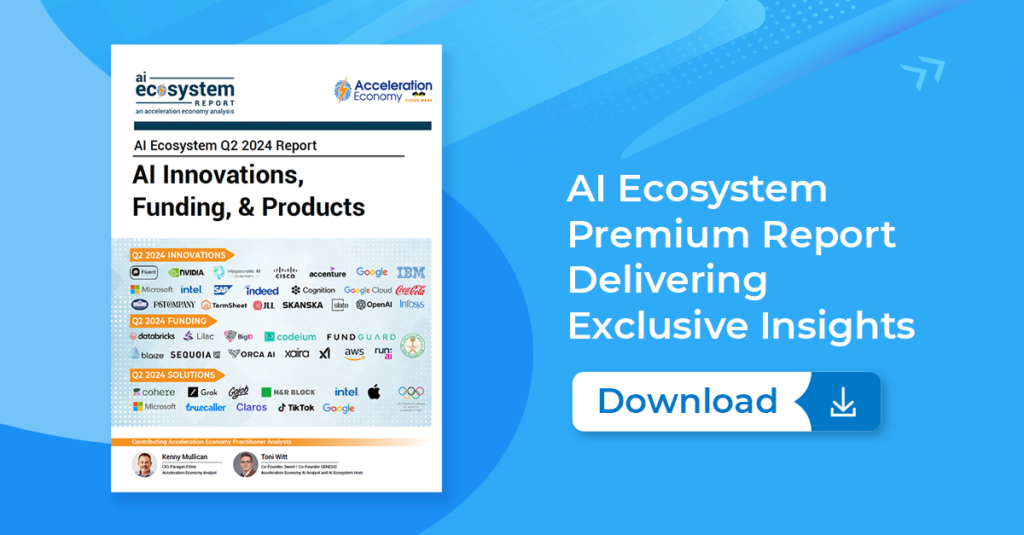
The AI Ecosystem Q2 2024 Report compiles the innovations, funding, and products highlighted in AI Ecosystem Reports from the second quarter of 2024. Download now for perspectives on the companies, innovations, and solutions shaping the future of AI.






